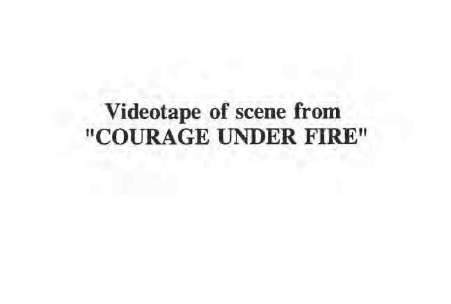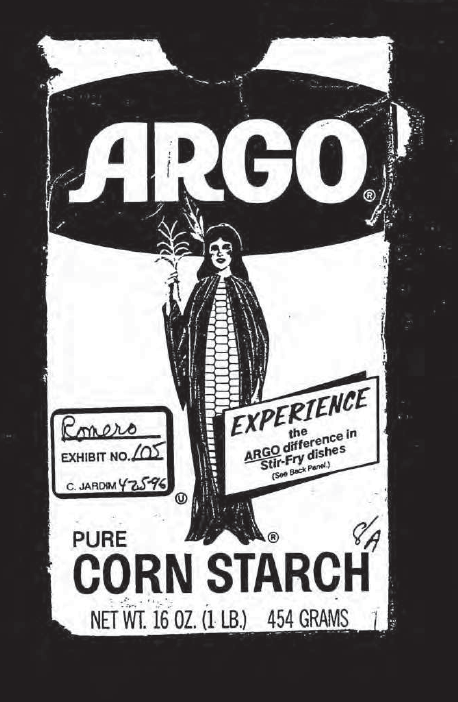
A decision on Wednesday from the U.S. Patent and Trademark Office’s Trademark Trial and Appeal Board stripped Pro-Football Inc. (d/b/a the Washington Redskins) of its Redskins-related trademarks. This is not the first time Pro-Football Inc. has lost in this venue: The TTAB cancelled all Redskins trademarks in 1999, too. (A federal court later overturned that decision on procedural grounds.)
The board held both times that “Redskins” disparaged Native Americans and as such, under federal law, could not be trademarked. But the standard for disparagement isn’t what one would immediately expect. Wrote the Board, “[T]hese registrations must be cancelled because they were disparaging to Native Americans at the respective times they were registered…”
In other words, it’s not a question of whether “Redskins” is disparaging in 2014—a recent survey from Cal State-San Bernadino’s Center for Indigenous Peoples Studies reported that 67 percent of American Indians considered the team’s name racist—but whether the word was disparaging in 1967, 1974, 1978, and 1990 (this last year, for what it’s worth, concerns a registration for “Redskinettes,” which is kind of comprehensively tasteless). Asking the question that way introduces a bit of lightness to the proceedings, primarily into the appendix containing the defense’s exhibits.
After all, not only does the trademark case concern good taste in usage (a magnet for pedantry if ever there were one) but it does so for usage in the 1960s and 70s. The Redskins’ file, then, cooked up by the legal minds at Quinn Emanuel, teems with low and high culture. It’s Billy Jack meets the English departments of the mid-20th century. Below we’ve plucked a handful of highlights, ones we imagine had never before landed in federal records together until the first time the TTAB heard the case.
• A two-page selection from James Joyce’s Ulysses (1922). The relevant sentence: “Their mudcabins and their shielings by the roadside were laid low by the batteringram and the Times rubbed its hands and told the whitelivered Saxons there would soon be as few Irish in Ireland as redskins in America.” And then the following sentences: “Even the Grand Turk sent us his piastres. But the Sassenach tried to starve the nation at home while the land was full of crops that the British hyenas bought and sold in Rio de Janeiro. Ay, they drove out the peasants in hordes. Twenty thousand of them died in the coffinships. But those that came to the land of the free remember the land of bondage. And they will come again and with a vengeance, no cravens, the sons of Granuaile, the champions of Kathleen ni Houlihan.”
• This Land O’Lakes carton.

• Mary McCarthy’s 1974 New York Times Book Review remembrance of Philip Rahv. Rahv (1908-73) was a critic and editor for Partisan Review during the ’40s and ’50s heyday of the literary left. McCarthy, the novelist and critic, ran in the same circles, and was once Rahv’s lover. Were they big football fans? Presumably not. We imagine it’s in there because Rahv wrote “Paleface and Redskin,” a celebrated 1939 essay on the American literary oeuvre, which turns up in Pro-Football Inc.’s exhibits too. Does the essay concern the appropriateness of the term, or the role of Native Americans in American fiction? It does not. But it does have a lot to say about a fundamental schism between Mark Twain’s school and Henry James’s, if that’s your bag.
• A scene from Courage Under Fire (1996). The film stars Denzel Washington, Meg Ryan, a young Matt Damon and, most importantly, a young Lou Diamond Phillips. Why is it relevant? We’re not really sure. For what it’s worth, the appendix represents it like so:

• A selection from Neo-Realism in Contemporary American Fiction. (Again, Rahv’s doing. An included essay from Sanford Pinsker, a now-emeritus professor of English at Franklin and Marshall College, riffs on Rahv.)
• This Argo Corn Starch box. According to Argo’s website, the lady on there is a “corn maiden.”

• A flyer for a Duke University campus event with then-Harvard president Derek Bok. Ronald R. Butters, who is now a professor emeritus of English at Duke, was retained by the team in 1996 as an expert witness on the English language. He produced many documents for the defense (at a cool $150 per hour, or $220 per in 2014 money). But somewhere along the line he must have run out of paper, resulting in the appearance of this flyer in evidence. So much time has passed since Bok’s talk that Duke now has a “new old chemistry” building, owing to the French Family Science Center, which opened in 2006.

Did we miss something silly? You can view the entire case file here.
More Must-Reads from TIME
- Donald Trump Is TIME's 2024 Person of the Year
- Why We Chose Trump as Person of the Year
- Is Intermittent Fasting Good or Bad for You?
- The 100 Must-Read Books of 2024
- The 20 Best Christmas TV Episodes
- Column: If Optimism Feels Ridiculous Now, Try Hope
- The Future of Climate Action Is Trade Policy
- Merle Bombardieri Is Helping People Make the Baby Decision
Write to Jack Dickey at jack.dickey@time.com